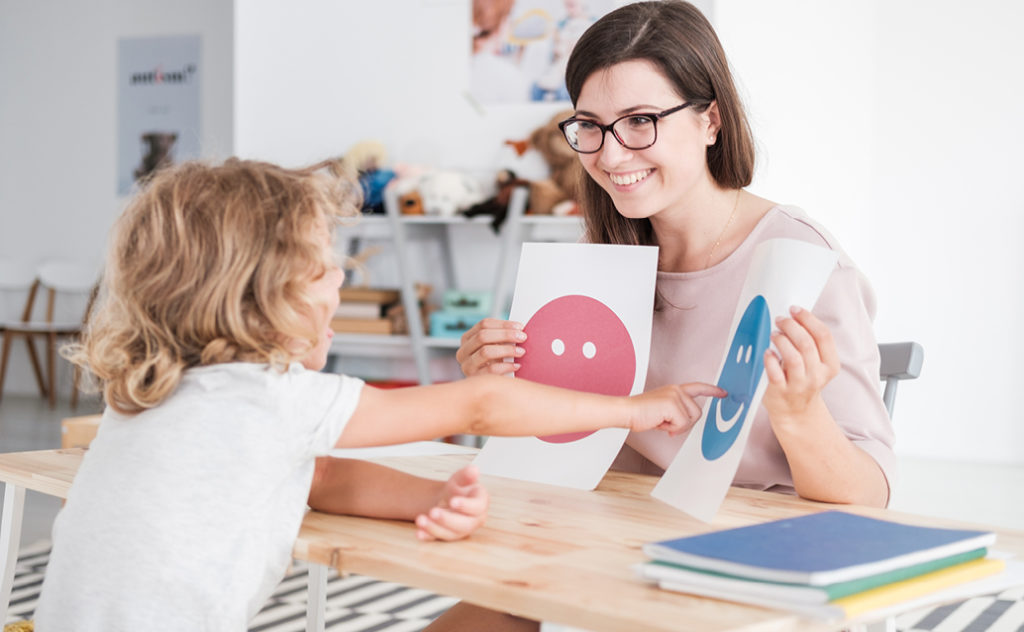
Behavior management is an important part of every successful classroom and to manage student behavior, educators must evolve and customize classroom behavioral support systems to meet the needs of students. A commonly used behavioral support system is the classroom clip chart. In this system, a clothes pin has a student’s name on it and it’s placed on a continuum that indicates behavior ranging from desirable to needing improvement. The evolution of parenting and teaching indicates that this approach needs evolving. But how?
First, let’s put the shoe on the other foot. Imagine that the staff lounge features a chart with every staff member’s name on a clothes pin. Throughout the day the administration will complete a school walkthrough and move staff pins according to the behaviors they see. Everyone in the school can see the rankings of you and your colleagues. How would this make you feel? Anxious or enraged? Would you want to give up on days you’d already made it to the red or needing improvement section? Now, imagine these feelings in a child’s body that’s still developing emotion regulation skills.
As we continue to evolve and know more about behavior, childhood trauma and classroom culture, our methodologies must evolve. Just like we must teach math facts, we must begin to intentionally and impactfully teach behaviors in the classroom. Using a clip chart merely points out that a behavior has occurred and does not teach the desired replacement behavior.
Intentional behavior instruction is critical, especially to our K-3 students, when we consider the events of the past few years and the lingering effects on students. For example, current third grade students only had approximately 100 days of kindergarten before the shutdowns occurred. Kindergarten is the foundation of a student’s social emotional development and understanding of school behaviors and school culture, so missing out on this critical time can directly influence the needs of behavior management systems today
So, what’s the solution? Positive Behavior Interventions and Supports provide research-based behavioral interventions designed to cultivate positive behavior and celebrate student successes rather than shortcomings.
Student choice is the most powerful thing we can give in our classroom. We want to intentionally utilize systems that are impactful and motivating for students, such as incentives. Make it a class goal to work toward an extra recess, a special activity or fun treat. It will go so much farther than simply moving a clothes pin into the red.
Learn more classroom management and engagement tips through an online education program at American College of Education. Browse our master’s degrees and certificates today.

